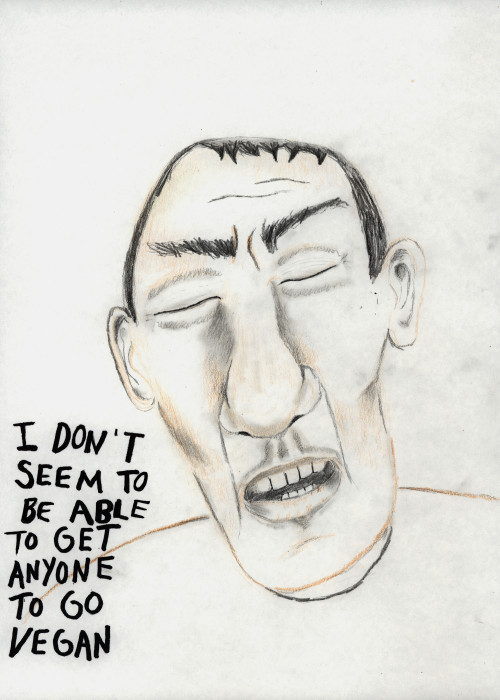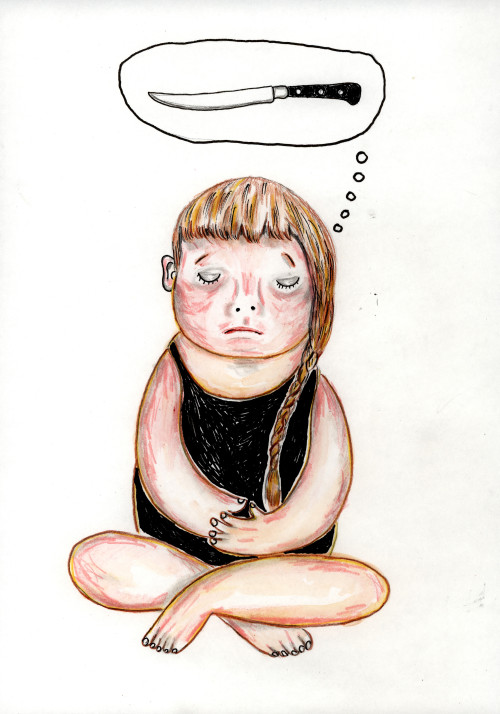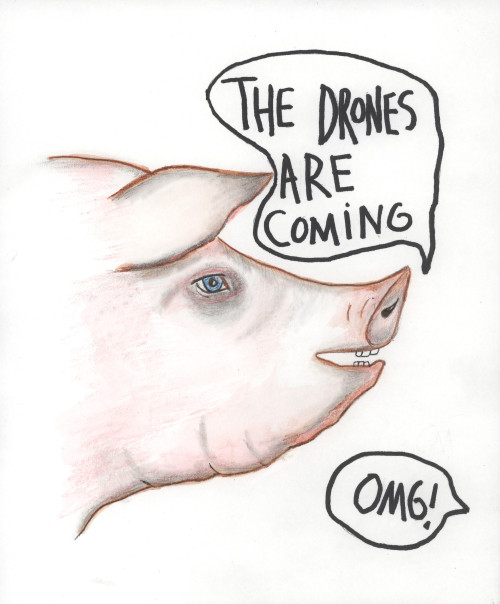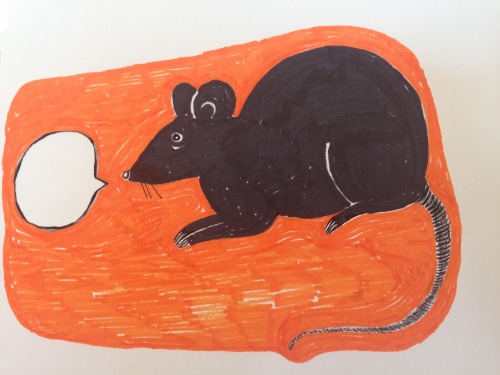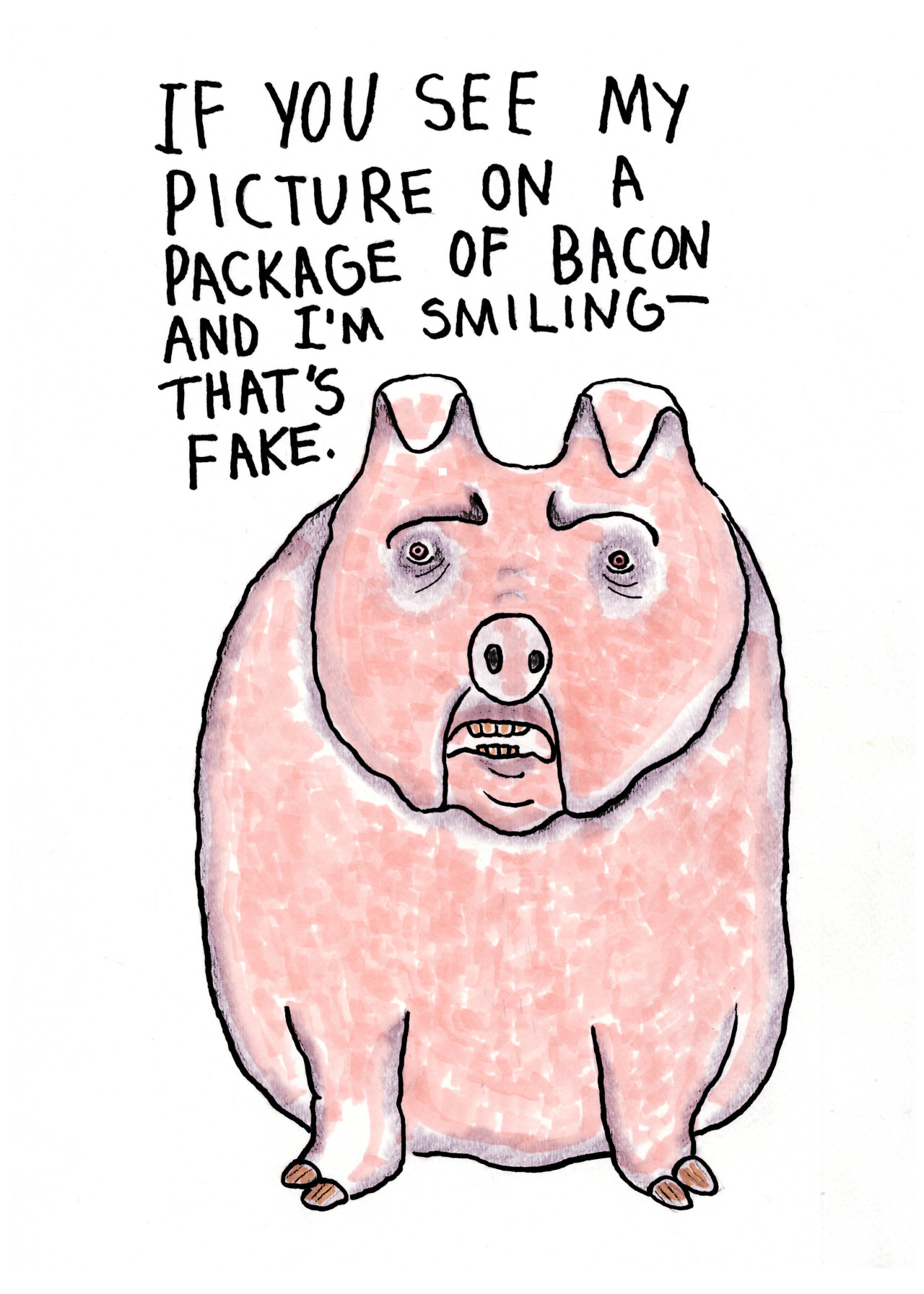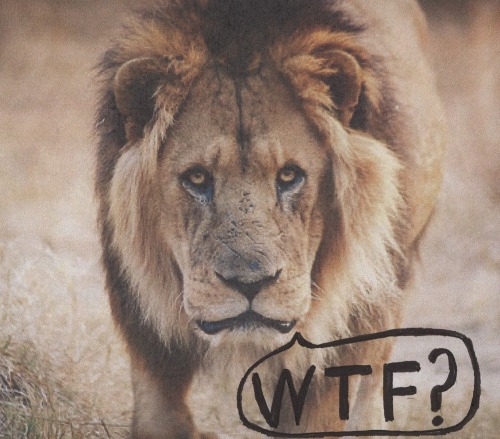
It’s hard to imagine a more gratuitous or, well, stupid, assault on animals than trophy-hunting in Africa. Yet, incredibly the New York Times has managed to run an opinion column that supports just that.
In the column, “Blame War, Not Safaris,” the author Louisa Lombard, a post-doc fellow at UC-Berkeley, draws a bead on animal rights activists, arguing that they “are missing the mark when they shame safari hunters and their hosts.”
Lombard focuses on the war-torn Central African Republic where Christians and Muslim fighters are having at it. She says the battle there is “not about white people at all.” (Somehow I find it hard to believe that any conflict in “post-colonial” Africa has “nothing to do with white people,” but OK, if she says so.)
“… attention paid to a few white hunters is at best a distraction from the more important matter of examining the roots of the crisis of political legitimacy that is ripping the country apart,” she writes.
If this war has nothing to do with the West, then why is it imperative that we shut up about trophy-hunting and “examine the roots of the crisis?”
The author argues that the hunting lodges catering to rich whites are actually a positive in the Central African Republic.
“The history of the safaris in the Central African Republic does bear the mark of colonial-era racial inequalities and it is marred by smuggling and the poor enforcement of conservation rules. But in its current regulated form, the sport is helping to maintain islands of relative peace in remote parts of the country.”
I’m all for peace, but really? Killing antelopes for peace?
It seems to me, there’s probably nothing that can be done about the war in the Republic of Central Africa, but we can do something about are the insanely rich Americans spending tens of thousands of dollars to go kill animals overseas, many of whom are endangered.
Of course, it’s not just clueless white hunters who are decimating wildlife populations in Africa. There are other causes including habitat loss for livestock production.
For me, there are few things more heart-breaking than species extinction. And why we Americans would want to put our mits on the scale tipping toward disaster is beyond me. But I guess that’s what we do. According to an editorial which ran in a National Geographic online newsletter published last year, some 60 percent of lions killed for “sport” in Africa are shipped to the U.S. as trophies.
— A Vicious Vegan blog post —

